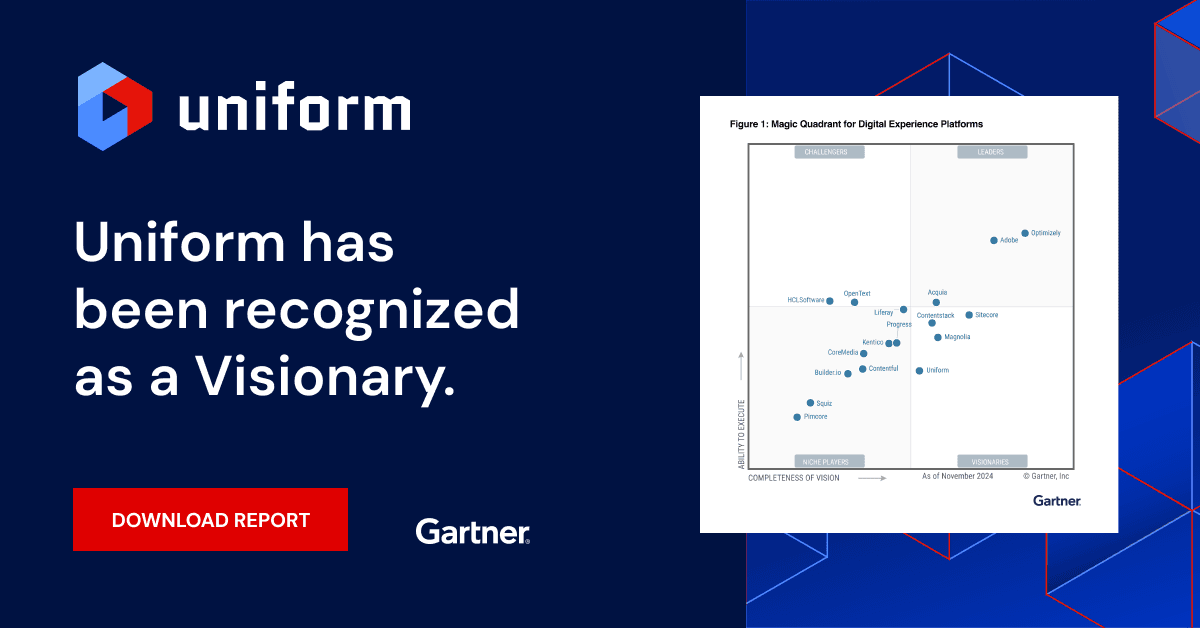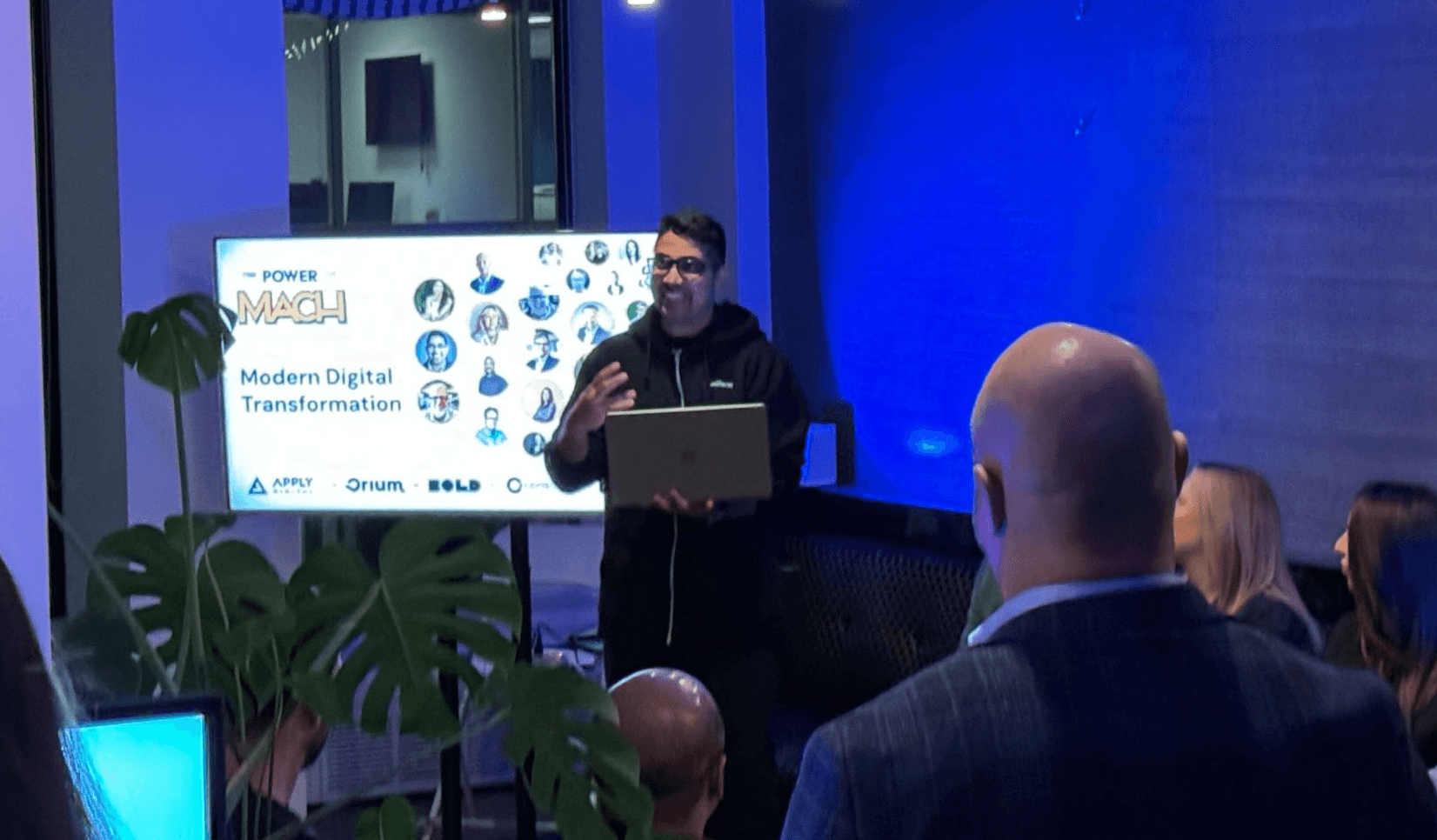The last few years have seen many changes in how organizations operate online. Obviously, the most momentous challenge was the worldwide COVID pandemic and the subsequent seizure of travel, distribution, and even the nine-to-five culture of working on site. Supply chains and customer bases dried up overnight, and new ones had to be sourced and adopted posthaste.
Fortunately, all those upheavals occurred just when various robust technologies and approaches were coming of age, including tools for remote work and collaboration like Zoom and Miro. More transformative but less obvious was an extremely rapid evolution in the way businesses function and interact with customers.
The need for fast adaptation by businesses during the pandemic underscored the importance of composable thinking for implementing new business models. Composability makes it possible for businesses to pivot quickly during disruptive times by being able to achieve digital acceleration, be resilient, and innovate through speedy addition of services to tech stacks, workforce deployments, and physical locations. The more integrated its building blocks of composability are, the more flexible and agile a business becomes.
Consumers might not notice composable businesses in action, but they are ubiquitous. For example:
- Click-and-collect retail and grocery shopping with additional checkouts and logistics
- Integration of COVID vaccination and test status or baggage tracking into airline apps
- More delivery options and services
- Timely customer notifications in case of schedule disruptions
- Better means of backfilling vehicles and crews to handle disruptions
- Updates to ERP processes and inventory levels to reduce “just-in-time” disruptions
Separation of content and presentation is a natural part of
composable architecture, with omnichannel a driver behind it given that consumers—readers, visitors, customers, ambassadors—are everywhere.
Composable businesses contain three components:
1. Composable thinking
Composable thinking, which results from a clear understanding of how business processes work together, is defined by Gartner as the model of “creating an organization made from interchangeable building blocks.” Each of the examples listed above is enabled by businesses’ capability to rapidly change or completely swap out components through which to interact with customers or suppliers.
2. Composable architecture
Implementing the Gartner-defined model requires built or consumed services that businesses can swap in and out as needed to build scalable and omnichannel customer experiences (CX). Examples are innovations in composable architecture, such as software-as-a-service (SaaS) delivery and API-first systems.
3. Composable technologies
Besides ensuring that its systems offer headless APIs for delivering content, composable architectures also make it possible for system-management tasks and events to be API accessible so that you can script and trigger operations between systems. In fact, a key principle of the
MACH Alliance, an industry group dedicated to composable technologies, is that the related technologies must be API-first for maximum compatibility and flexibility.
As part of a composable business, the marketing technology and CX stack is a major innovation. Many core components in CX, including commerce, content management, personalization, and marketing automation, are now composable.
Digital experience composition has emerged from the need for systems to easily manage and orchestrate composable operations. As those operations and content become more granular in conjunction with more contexts and channels, managing the components becomes more complex and difficult, one of the recurrent
problems with composable tools. Hence the demand for effective tools that help categorize, find, and assemble the components into a cohesive experience.
Gartner cites four key principles for composable practices that apply to both the technology and the business.
- Higher speed through discovery. A fundamental challenge within large organizations is “findability,” i.e., the ability to locate the services that are already in place for certain tasks. Composable approaches help you do that by democratizing the access to systems and content. As a result, the employee experience is closely related to the CX, and many tools and approaches work for both.
- Greater agility through modularity. Modularity leads to an efficient process for adding or swapping services, enabling organizations to take advantage of new opportunities or technologies as they arise.
- Better leadership through orchestration. Through composable, team leaders can more efficiently manage and oversee work progress, ensuring well-coordinated and harmonious collaboration in addition to promptly adapting to changes in business needs and goals.
- Resilience through autonomy. Teams can operate independently and autonomously because they can proceed with their tasks in the event of service disruptions or failures in other teams. As a result, organizations become resilient and adaptable as well.
The great thing about going composable is that, by definition, it means that—outside of drastic disruptions like a global pandemic—you can move in small steps.
At the outset, take a look at how your business attracts and services customers and identify the time-consuming, error-prone, and mundane tasks. Chances are that you can replace them with composable and cloud-based services in increments—and even pay less than you do for traditional systems, especially if you are buying more than you use. You’ll be amazed at the eye-opening results.
Contact us to learn more about how going composable is a simple way to become more adaptable, build faster, and sustainably gain revenue.





.png&w=1080&q=90)
.png&w=1080&q=90)
.png&w=1080&q=90)